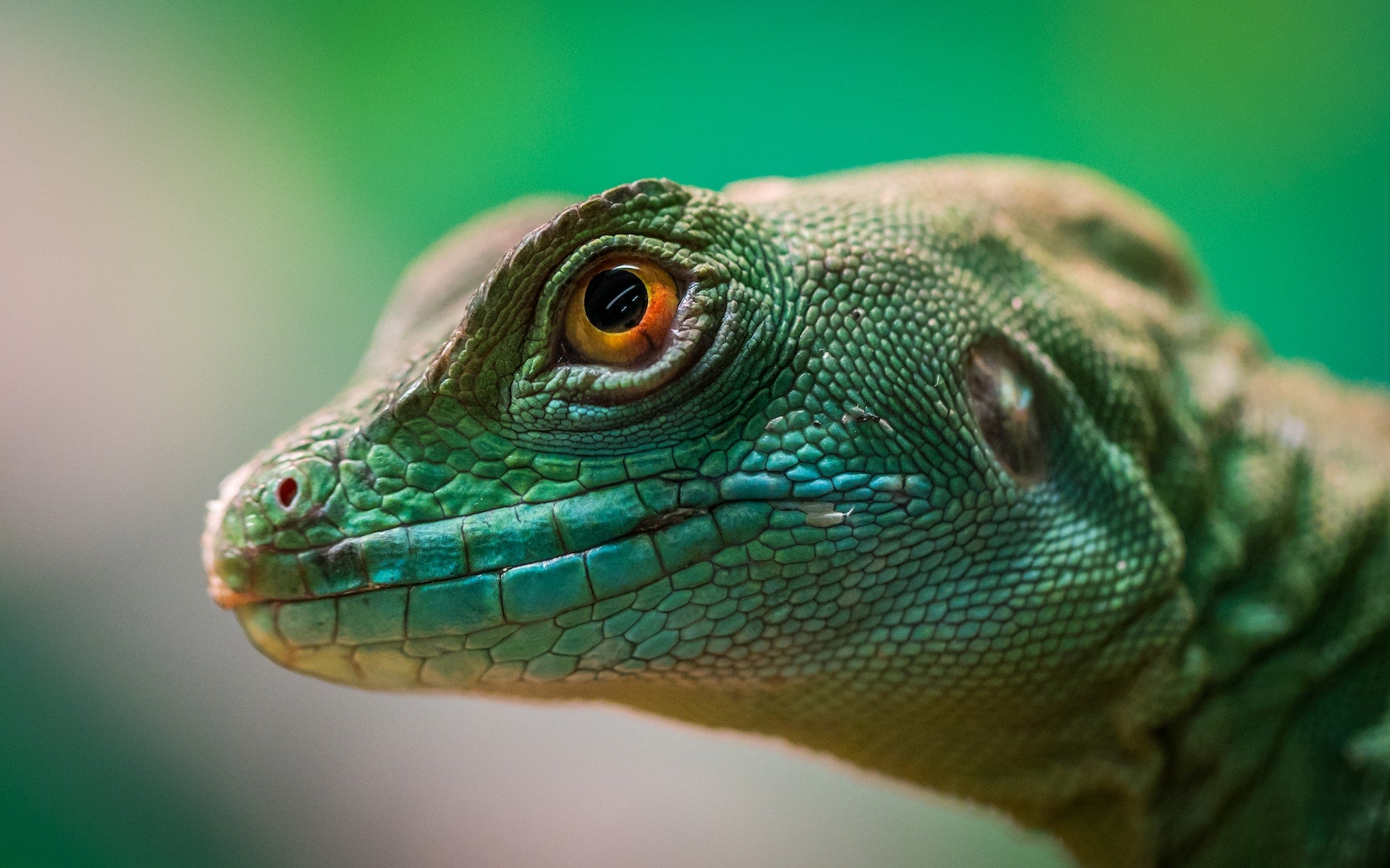Many photographers have a great appreciation for both macro and micro photography, but they often struggle to discern the nuances that distinguish these two genres. In this article, we aim to find the disparities between macro and micro photography, providing clarity and helping photographers develop a better understanding of each genre.
What is the Macro Photograhy?
Macro photography entails capturing images where the subject's magnification is life-size or larger, emphasizing extreme close-up techniques to create a dramatic impact. This genre allows photographers to present relatively larger subjects while maintaining the characteristic traits of extreme close-up photography.
The primary goal of macro photography is to showcase the minute details of small objects, transforming them into larger-than-life representations with macro flashes.
By exploring the world of macro and close-up photography, we gain a fresh perspective on these subjects, uncovering details that are often challenging or impossible to perceive with the naked eye.
What is the Micro Photograhy?
A photo is classified as micro photography when the magnification ratio exceeds 20:1. This means that the object being photographed appears 20 times or more larger on the camera than it does in reality. Micro photography focuses on capturing extremely small objects by getting up close and personal with them with
Advantages of Macro Photography
Macro photography offers all people an uniuqe persepective to see this world. This photography genre has some benefits:
- Expanding on the details: Standard lenses often fall short when it comes to capturing intricate details of the smallest subjects. However, with the help of a macro lens, photographers can elevate their work by capturing stunning images that showcase exceptional details. Whether it's the delicate petals of a flower, the intricate patterns on an insect's wings, or any other tiny subject, macro lenses enable photographers to capture these details with precision and clarity.
- Enhancing focus and attention to detail: Engaging in macro photography demands a heightened level of focus and an acute attention to detail. When capturing subjects up close, every minute element becomes significant, requiring photographers to pay meticulous attention to composition, lighting, and technical aspects such as depth of field. This meticulous approach to capturing details can translate into improved overall photography skills. By honing their ability to observe and capture minute details in macro photography, photographers should develop a heightened sense of awareness and precision.
- Having an Unique Perspective:While many photographers are drawn to capturing the interactions between humans or between humans and nature, macro photography offers a unique opportunity to delve into a hidden world that is often unseen. By focusing on small subjects through macro lenses, photographers can unveil intricate details and present a perspective that may otherwise go unnoticed.
4. Appreciating the beauty in the small things: Macro photography provides a fresh perspective that allows us to truly appreciate the beauty found in the often-overlooked details of our daily lives.
Advantages of micro photography:
Micro photography, which involves capturing images of small objects at an extremely close range, provides several advantages:
1. Showing More Details: Like the macro photography, the micro photography also offers people to see the great and intricate details of the subjects, which allows people to know the subject’s texture, color and other details.
2. Marketing and Advertisment: many companies utilize macro photography as an effective marketing tool to promote their products and services. Macro photography allows for the capture of intricate details and textures, enabling companies to showcase the quality, craftsmanship, and unique features of their products. Here are some ways macro photography benefits product promotion.
3. Educational purposes: Micro photography is frequently employed in educational settings to teach students about the natural world and the structures of small objects. It serves as a valuable tool in helping students understand complex concepts and processes by providing visual aids.
FAQ
What is micro vs macro setting?
Macrophotography is considered true macro when it achieves a 1:1 magnification ratio, meaning the subject's image on the camera sensor is the same size as the subject itself. In contrast, microphotography typically involves even higher magnification, with a minimum ratio of 30:1 or greater.
Why do people use macro photography?
Macro photography enables people to examine the intricate details of products, providing a closer inspection of their features. Additionally, it offers a unique perspective that allows us to perceive the world from a different angle, unveiling hidden beauty and captivating our imagination.
What ISO should I use for macro photography?
Set your ISO to the lowest native ISO on your camera either 64, 100 or 200 and then turn on Auto ISO.
Why are my macro photos not sharp?
Maybe camera shake and using a tripod is an effective solution to stabilize your camera and prevent camera shake.

